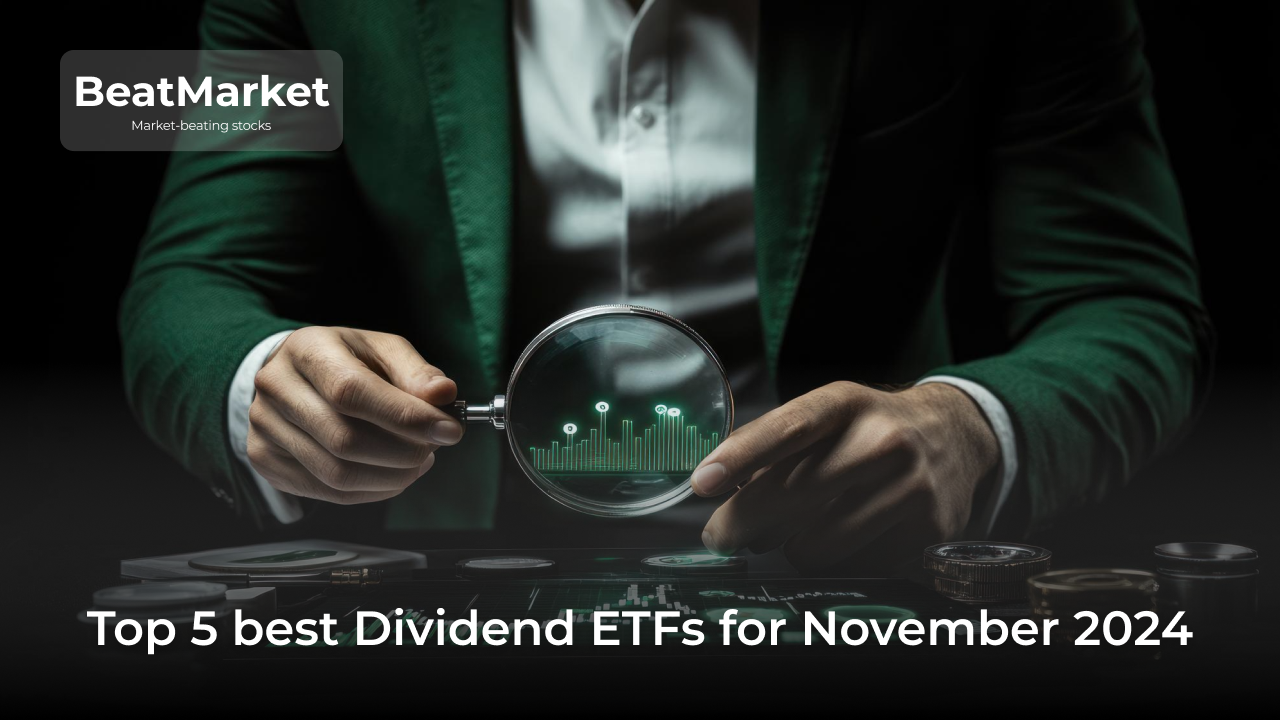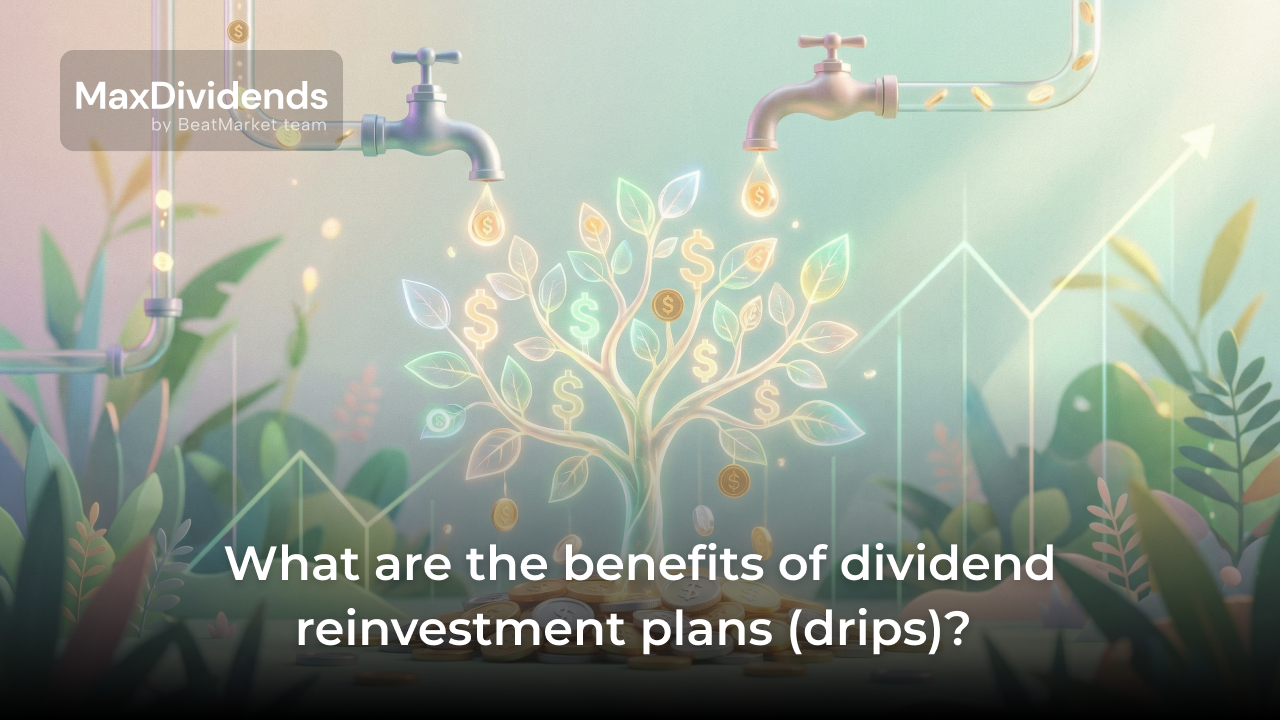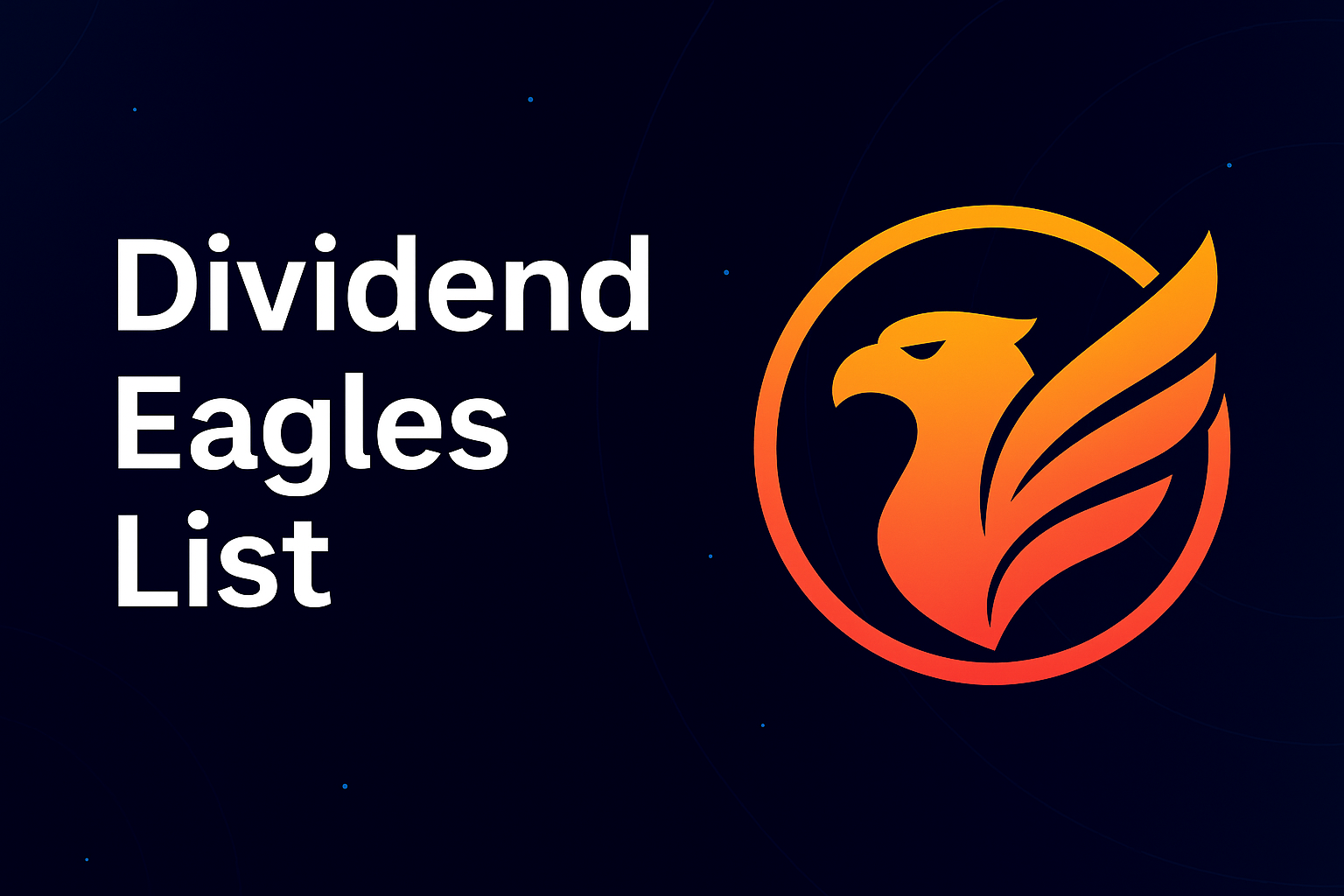In dividend investing, you can take one of two approaches. The first is to focus on dividend growth. The second is to look for companies that already pay solid dividends. The largest dividend exchange-traded funds available on the market allow you to implement either of these approaches.
Buying a single ETF can provide good diversification across dividend-paying stocks. When choosing a fund, it is important to pay attention to a number of key criteria. Below, we will discuss these criteria in detail and present the top dividend funds for January 2025.
Table of Contents
How to invest in dividend ETFs
Shares of funds are available on the exchange, just like stocks of individual companies. Their advantage is that when purchasing, an investor receives a “stake” in dozens and hundreds of companies.
ETFs “track” various indices, which means they are designed to implement different investment strategies. For example, funds can invest in large-cap, mid-cap, and small-cap companies. They can focus on a specific industry or allocate capital gains to the broader market.
High-dividend ETFs focus on companies that have the highest dividend yield. This measure is calculated as the ratio of the distribution amount to the stock price and is expressed as a percentage. Such funds are preferred by investors who need high income right now, such as retirees.
Other funds select companies that provide a consistent increase in cash flow for shareholders. These typically include securities whose prices are also rising.
Before a person starts to invest in dividend ETFs, it is important to first determine your investment strategy and then choose the best dividend ETFs that align with it.
What to look for in a top dividend ETF
To choose a suitable high dividend yield ETFs, it is important to study:
- Asset composition.
- Dividend yield.
- Average return over 5-10 years.
- Expense ratio.
- Assets under management.
The asset composition of a fund is determined by the index it follows. The returns depend on the accuracy of tracking, the fund’s expenses, and other factors.
The best dividend funds have expense ratios that do not exceed 0.5%. These figures can differ by tenths of a percentage point. For example, the Vanguard Value ETF (VTV) and the Capital Group Dividend Value ETF (CGDV) track the NASDAQ US Dividend Achievers Select Index. However, the former has an expense ratio of 0.33%, while the latter has 0.04%. Over a 30-35 year period, this leads to a difference in returns of thousands of dollars.
The size of the fund does not directly affect the investor’s outcome. However, an ETF holding a small amount of assets can be unstable. Therefore, beginners should prefer large funds managed by well-known companies such as Fidelity or Vanguard.
Dividend ETFs vs Dividend Stocks: Comparison Guide
Advantages of funds compared to dividend stocks:
- Relative stability of prices and payout sizes. The share prices and dividends of ETFs depend on many companies. Problems with one of them typically do not affect these metrics.
- Simplicity of selection. The investor does not need to search for the best companies in each sector. They can buy a fund that follows a broad index.
The drawback of exchange-traded products is their low efficiency. Managers are required to replicate the composition of the index. Therefore, they invest in companies that may show poor financial results. By constructing a portfolio of individual stocks, it is possible to achieve higher returns, but this requires deep knowledge. It is unlikely that a beginner can outperform a broad market fund.
Investing in distribution ETFs incurs additional costs for the fund’s fees. This reduces the overall profit.
Individual stocks are generally more volatile than funds. Additionally, when a company faces financial issues, it may pay less or forego profit distributions altogether. An exception is preferred stocks, which offer fixed exposure to dividend amounts.
5 high-dividend ETFs in 2025
Below are the top performing ETFs. All data is as of January 14, 2025.
1. Vanguard Dividend Appreciation ETF (VIG)
Vanguard Dividend Appreciation ETF is a low-cost fund focused on future growth of dividend. It includes issuers that have increased their distribution for at least 10 consecutive years. The fund holds stocks of companies with relatively low current distribution yields, such as Microsoft (MSFT) and Apple (AAPL).
Key information about VIG:
- Tracking index: S&P U.S. Dividend Growers Index
- Dividend per year (yield): $3.38 (1.75%)
- Expense ratio: 0.06%
- AUM: 87.1359B
Strategy: Building a portfolio that ensures steady dividend growth. Investing in large, stable companies with potential for stock price appreciation. Diversifying by investing across various economic sectors. Ideal for investors seeking to combine passive income with moderate capital growth.
A minimum of 10 years of shareholder income growth is a fundamental requirement. Many companies included in the index have been increasing dividends for much longer.
2. Vanguard High Dividend Yield ETF (VYM)
The strategy of VYM is to invest in companies with above-average distribution yields. An example is Exxon Mobil (XOM). The fund has stocks from all sectors except real estate investment trusts.
Key information about VYM:
- Tracking index: FTSE High Dividend Yield Index
- Dividend per year (yield): $3.49 (2.77%)
- Expense ratio: 0.06%
- AUM: $59.911B
Strategy: Selecting companies based on current yield without additional criteria. Investing broadly across the market to maximize sector diversification, ensuring minimal possible volatility. VYM is ideal for those interested in maximizing income in the present.
The performance of the FTSE High Dividends Yield Index is 14.04% YTD. During the same period, VYM has delivered 14.46% to its shareholders.
Additionally, the iShares Core High Dividend ETF (HDV) is focused on maximizing recent dividends. It tracks the Morningstar Dividend Yield Focus Index.
3. Schwab U.S. Dividend Equity ETF (SCHD)
Schwab U.S. Dividend Equity ETF invests in the best American companies with a stable history of dividend payments. Among the included stocks are BlackRock (BLK) and Chevron (CVX). Companies are selected based on fundamental indicators, and all are characterized by financial stability, which allows them to pay high dividends.
Key information:
- Tracking index: Dow Jones U.S. Dividend 100 Index
- Dividend per year (yield): $0.99 (3.63%)
- Expense ratio: 0.06%
- AUM: $66.047B
Strategy: An optimal balance between passive income and capital growth. Investing in high-quality, financially stable companies with low risk of price drawdowns. This fund is suited for conservative investors seeking a steady passive income.
SCHD offers a higher dividend yield compared to the others on our list of the best ETFs.
4. iShares Core Dividend Growth ETF (DGRO)
DGRO invests in stocks with a history of increasing dividends annually and potential for further growth. It focuses on securities with strong price appreciation prospects, making the fund suitable for individuals interested in long-term capital growth. Among its holdings are stocks like Apple (AAPL), Visa (V), and others.
Key information about DGRO:
- Tracking index: Morningstar U.S. Dividend Growth Index
- Dividend per year (yield): $1.38 (2.29%)
- Expense ratio: 0.08%
- AUM: $29.665B
Strategy: Investing in companies that regularly increase their dividends, with a focus on issuers that have high potential for capital growth. DGRO is ideal for long-term investors who are at the beginning of their capital-building journey.
5. SPDR S&P Dividend ETF (SDY)
SDY’s portfolio consists of companies that have raised their dividends for at least 20 years in a row, and the issuers must be part of the S&P Composite 1500. Notable stocks in this ETF include Procter & Gamble (PG) and AT&T (T).
SDY is the most expensive ETF on the dividend ETF list, with a claim ratio of 0.35%. This is a high figure for index funds.
Key information about SDY:
- Tracking index: S&P High Yield Dividend Aristocrats Index
- Dividend per year (yield): $3.38 (2.63%)
- Expense ratio: 0.35%
- AUM: $19.953B
Strategy: Maximizing the stability of passive income with gradual increases over time. Focused on diversifying the portfolio with the most reliable companies across various economic sectors. Suitable for long-term investors with a moderately conservative outlook.
A similar ETF is the ProShares S&P 500 Dividend Aristocrats ETF (NOBL). It tracks the S&P 500 Dividend Arists Index, which includes companies that have consistently raised their distribution for at least 25 years in a row. The full S&P 500 index is tracked by the SPDR S&P 500 ETF Trust.
How to Find More of the Best Dividend ETFs and Mutual Funds for the Long Term
Investors can find dividend ETFs using stock screeners. Many platforms offer similar services, including BeatMarket.
The BeatMarket screener allows users to independently find stocks that meet their selected criteria. Additionally, the BeatGuru service helps create a profitable portfolio from various asset classes.
FAQ
Which ETF has the highest dividend?
As of January 14, 2025, the highest annual dividend yield is shown by the YieldMax MRNA Option Income Strategy ETF (MRNY), which stands at 166.72%. Among ETFs that hold stocks, the Invesco KBW Premium Yield Equity REIT ETF (KBWY) can be mentioned, with an annual distribution yield of 9%.
Are dividend index funds risky?
Investing always carries the risk of losing money. Buying ETFs reduces losses in the event of issues with an individual company. However, the value of such securities will inevitably decline in a bear market.
Are dividend ETFs a good investment for you?
An ETF that tracks a high dividend index is a good dividend investment for beginners. It is suitable for someone who wants to diversify their portfolio with minimal costs.
Which S&P 500 has the highest dividend?
Leaders in dividend yield are Altria Group Inc. (MO) and Walgreens Boots Alliance Inc. (WBA). As of January 14, 2025, their Forward Dividend Yields are 7.58% and 8.4%, respectively.
Do ETF index funds pay dividends?
Yes, nearly all ETFs available on U.S. exchanges are paying dividends to shareholders.
Do Investors Need Dividend ETFs or Mutual Funds?
ETFs usually have lower claims ratios compared to mutual funds, and they are more liquid. The entry threshold does not exceed the price of a single stock, making them preferable for most investors. However, mutual funds could allow for the automatic reinvest of distribution, which is their advantage.
You Might Also Like
- What Is a Qualified Dividend? A Clear Explanation
- What Is Forward Dividend and Yield? A Simple Explanation
- Dividend Aristocrats List: The Ultimate Guide for Investors
- Dividend Rate vs APY: Understanding the Key Differences






